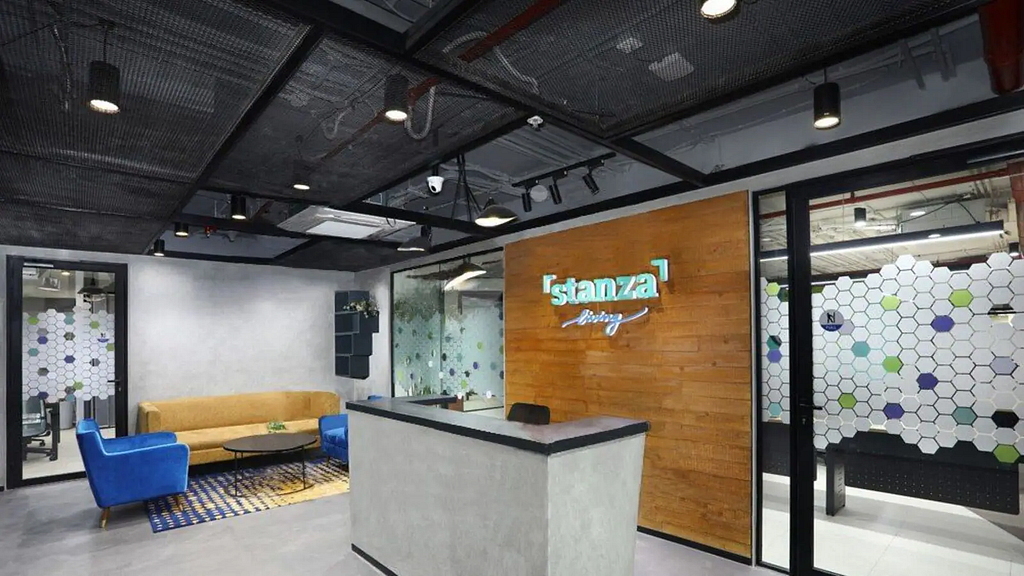
Rising Education Loans Demand: Banks vs. NBFCs for Higher Market Share?
In a time when seeking advanced education is closely associated with financial commitment, the need for education loans has reached unprecedented levels. NBFCs, acknowledging the changing landscape, are strategically strengthening their financial capabilities to meet this growing demand. However, within this evolving story, a notable subplot is developing — a fierce competition between traditional banks and NBFCs.
The Rising Tide of Indian Students Pursuing Education Abroad: 4x Rise in Loan Applications
The Ministry of External Affairs says a whopping 1.3 million Indian students were studying abroad in 2022, and the United States is their favourite place to go. This huge number of students going abroad not only makes the global student community more diverse but also shows that foreign universities are offering something special.
In recent times, more and more Indian students are setting their sights on universities abroad. This isn’t just a random happening; it’s because of a bunch of reasons coming together. One of the big reasons is that students in India are really serious about doing well in their studies and want to see things from a global perspective. The idea of going to a top-notch foreign university with amazing teachers and advanced research facilities is just too tempting for these ambitious students. The way education works internationally has changed a lot, and now there’s a whole industry around it. There are consultants, classes to prepare students, and financial services all playing big roles.
Also, the number of International Baccalaureate (IB) schools has shot up from around 30 in the early 2000s to 223 in 2023. More students are also graduating with an IB diploma, going from 723 in 2006 to 5,370 in 2022. This shows that Indian parents are looking for a more global and competitive education for their children.
Surprisingly, the COVID-19 pandemic didn’t stop this trend; if anything, it made it stronger. The chaos caused by the pandemic made students rethink their choices, and many of them decided that going to a foreign university was a better idea. They liked the idea of stable and flexible learning environments, and the number of students applying for loans to study abroad shot up four times after the pandemic.
Both Auxilo and Avanse have undergone a quadruple expansion. Auxilo’s surge is evident in the significant increase of applications and sanctioned loans, reaching 18,500 applications and 8,100 loans in 2022–23 from 4,000 applications and 1,750 loans pre-pandemic.
Similarly, Avanse experienced a nearly fourfold growth in Assets Under Management (AUM), escalating from INR 2,800 Cr before the pandemic to INR 11,500 Cr in the post-pandemic period.
This illustrates the unwavering dedication of Indian parents to help their students to persevere in their academic endeavours, showing minimal correlation with global phenomena.
NBFCs Gearing Up to Meet Surging Demand
As the demand for education loans continues to soar, CRISIL Ratings forecasts a remarkable 40% growth in loan books of NBFCs during the FY24. This anticipated increase is attributed to the growing inclination among students to pursue their education abroad. Recognizing the need to prepare for this escalating demand, NBFCs are strategically raising funds through channels like debt raise, and equity dilution. The objective is to bolster their financial capacity and be well-equipped to address the surge in demand for education loans, aligning with the evolving preferences of students seeking global educational opportunities. Following are some noteworthy transactions in the space:
· InCred, a financing solution company with education loan as offering, raised $60Mn in Series D round, and thereby becoming the second startup to join the coveted ‘unicorn’ club this year after quick commerce firm Zepto
· Avanse, a study abroad loan financing NBFC, received $145Mn via external commercial borrowing facility
· Auxilo, a study abroad loan financing NBFC, raised a whopping $57.5Mn in Series C round for fuelling its growth
· GradRight, a study abroad loan marketplace, raised $6.05 million in Series A round
· Adventum Student Living, having counselling to accommodation in their portfolio, raised $5 million in a bridge round
Banks Lock Horns with NBFCs for Loan Share
In the quest to attract students, banks have pivoted towards offering collateral-free loans with augmented limits. Union Bank, for example, now extends loans of up to Rs 40 lakh (US$48,250), while Axis Bank has elevated the ceiling to Rs 75 lakh (US$90,470) for students enrolled in premier institutes. This paradigm shift underscores a transformation in the conventional lending landscape, as banks increasingly vie with NBFCs to secure a foothold in the education loan market.
Yet, the banks’ venture into this sector is not without its set of challenges. They grapple with an elevated risk of non-performing assets (NPAs) associated with education loans, as education loan NPAs soared to 7.8% in the quarter ending June 2022. This figure significantly surpasses the banks’ overall NPA rate of 2.9%. Consequently, banks approach this segment with caution, recognizing that education loans constitute only a minor fraction of their comprehensive loan portfolios.
The data imparts a distinctive perspective — education loans do not constitute a substantial proportion of any bank’s portfolio. According to the Reserve Bank of India, education loans amounted to approximately Rs 97,000 crore (US$11.7 billion) in the fiscal year ending March 2023, comprising only 0.7% of the total loans disbursed by all banks during that period. Additionally, it is noteworthy that a considerable portion of overseas education loans is presently being dispensed by non-bank entities such as Credila and Avanse Financial.
The increasing participation of banks in this sector has been facilitated by the cultivation of trust and feedback loops over several years. Sasidhar Sista, co-founder of GradRight, emphasizes that data accumulated over a span of 6–7 years has played a pivotal role in establishing the requisite feedback and trust that has emboldened banks to enter this market. This empirical evidence not only guides the decision-making processes for banks but also fortifies their confidence in addressing the educational financing needs of ambitious students.
This competition is fuelled by data-backed insights and a continuously expanding cohort of students seeking international educational opportunities. As the sector undergoes further evolution, it remains an intriguing domain to observe, with both banks and NBFCs exerting significant influence on shaping the future landscape of education financing in India.
Conclusion
The financing landscape for study abroad education in India is undergoing a seismic shift. With a surge in demand, strategic financial manoeuvres by NBFCs, and banks entering the fray, the sector is witnessing unprecedented growth. As Indian students explore global education avenues, the evolving trends promise a bright future, marked by increased opportunities and investments. The journey ahead holds exciting possibilities for the future of study abroad financing in India.

